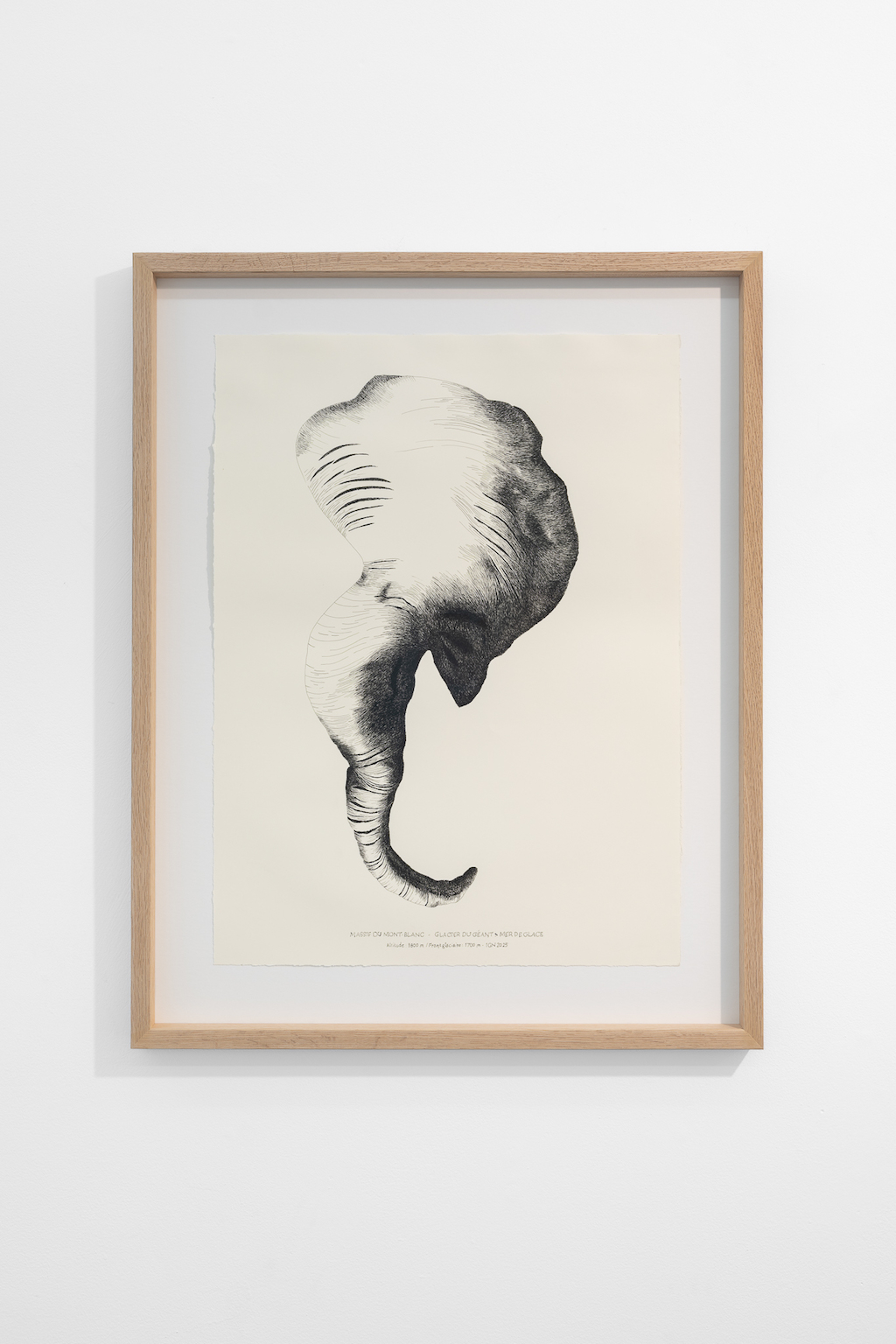
LÀ OÙ S’EFFONDRENT LES DRAGONS
For her third solo exhibition at Galerie Eric Mouchet, Capucine Vever continues her territorial, geological, and poetic investigations.
Her new works find their origin in an artist residency at the Centre d’Art de Flaine. In December 2024, during a solo exhibition, she presented Dérives Alpines, a project devoted to the paradigm shift occurring in high mountain regions due to climate change. It marked the beginning of a long-term reflection
The exhibition Where Dragons Collapse (Là où s’effondrent les dragons) is both a continuation and a visual expansion of that project, bringing together three new bodies of work: a video installation, a series of glazed ceramic sculptures, and a collection of ink drawings.
At the heart of this new cycle lies the same urgency: to document, translate, and convey the slow and often invisible transformations of Alpine landscapes. For even as glaciers retreat, collapse, and die, these changes are not always perceptible to the human eye, which, moreover, still struggles to consider them as part of the living world. This is what the video diptych Dérives Alpines, shown here in a two-channel version, seeks to evoke. Filmed during hikes and field observations across multiple seasons, the work captures subtle signs of shifting terrain, the barely perceptible movement of rocks, widening fissures, and masses of ice that slip, crumble, or vanish into silence. An undeniable confrontation with the landscape, the video offers a sensitive gaze upon a mountain that appears still, yet whose balance has already been broken.
In parallel, Capucine Vever draws upon popular imagery from the 16th, 17th, and 18th centuries, when glaciers were seen as mysterious and menacing forces. By sculpting a series of ice-like creatures in glazed ceramic, she gives form to these ancient beliefs: glacial tongues were then viewed as Alpine dragons—terrifying, capable of swallowing villages and devastating entire valleys. These shapes, halfway between fossil fauna and chimeras, embody a mythological memory where ancient fears meet contemporary climate anxiety.
Finally, a series of ink drawings completes the ensemble. Inspired by the graphic codes of old zoological engravings and scientific naturalist plates, these works trace the shifting outlines of these vanishing ice monsters. Meticulous lines, crest outlines, dark veins—all gestures that attempt to grasp what is disappearing. As if the ink were striving to fix a trace, to capture the shadow of a vanishing landscape.
Through this triptych of works, Where Dragons Collapse (Là où s’effondrent les dragons) composes a sensitive narrative between memory, science, and fiction. By exploring both visible and invisible forms of the mountain, Capucine Vever remains true to her practice, giving voice to threatened landscapes, forgotten telluric forces, and the legends that once helped humans name the unknown.
A project at the crossroads of geopoetics and the archaeology of sensitivity, it invites us to rethink disappearance and collapse, not as an end, but as an inevitable metamorphosis.
MORE INFORMATIONS:
// Capucine Vever
// Press kit
// Là où s’effondrent les dragons (06/09-25/10/2025 | Paris)
Category:
Exhibitions
Capucine Vever, Là où s’effondrent les dragons – exhibition views, Galerie Éric Mouchet, Paris (C) Hafid Lhachmi – ADAGP Paris, 2025-1
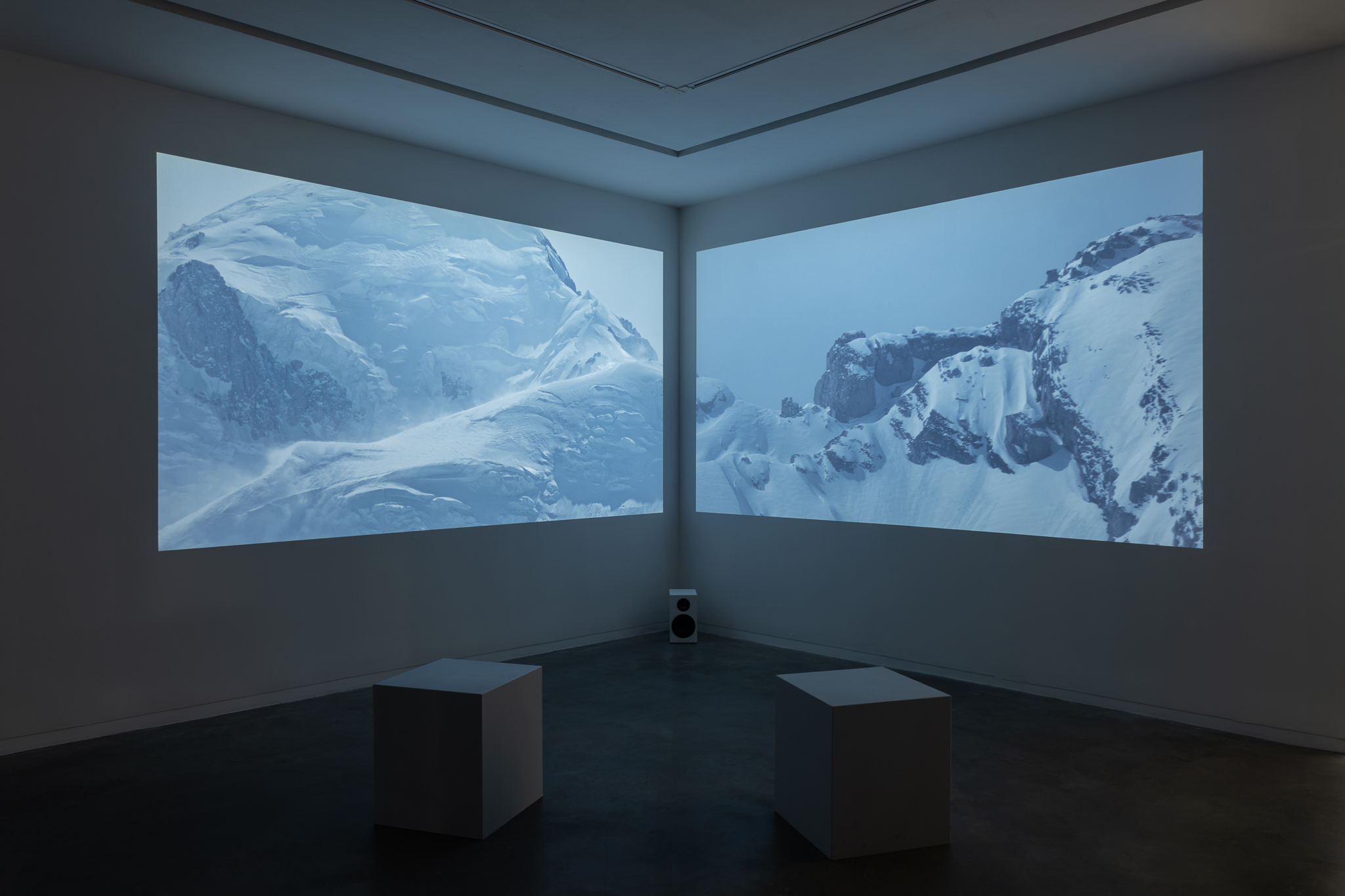
Capucine Vever, Là où s’effondrent les dragons – exhibition views, Galerie Éric Mouchet, Paris (C) Hafid Lhachmi – ADAGP Paris, 2025-3
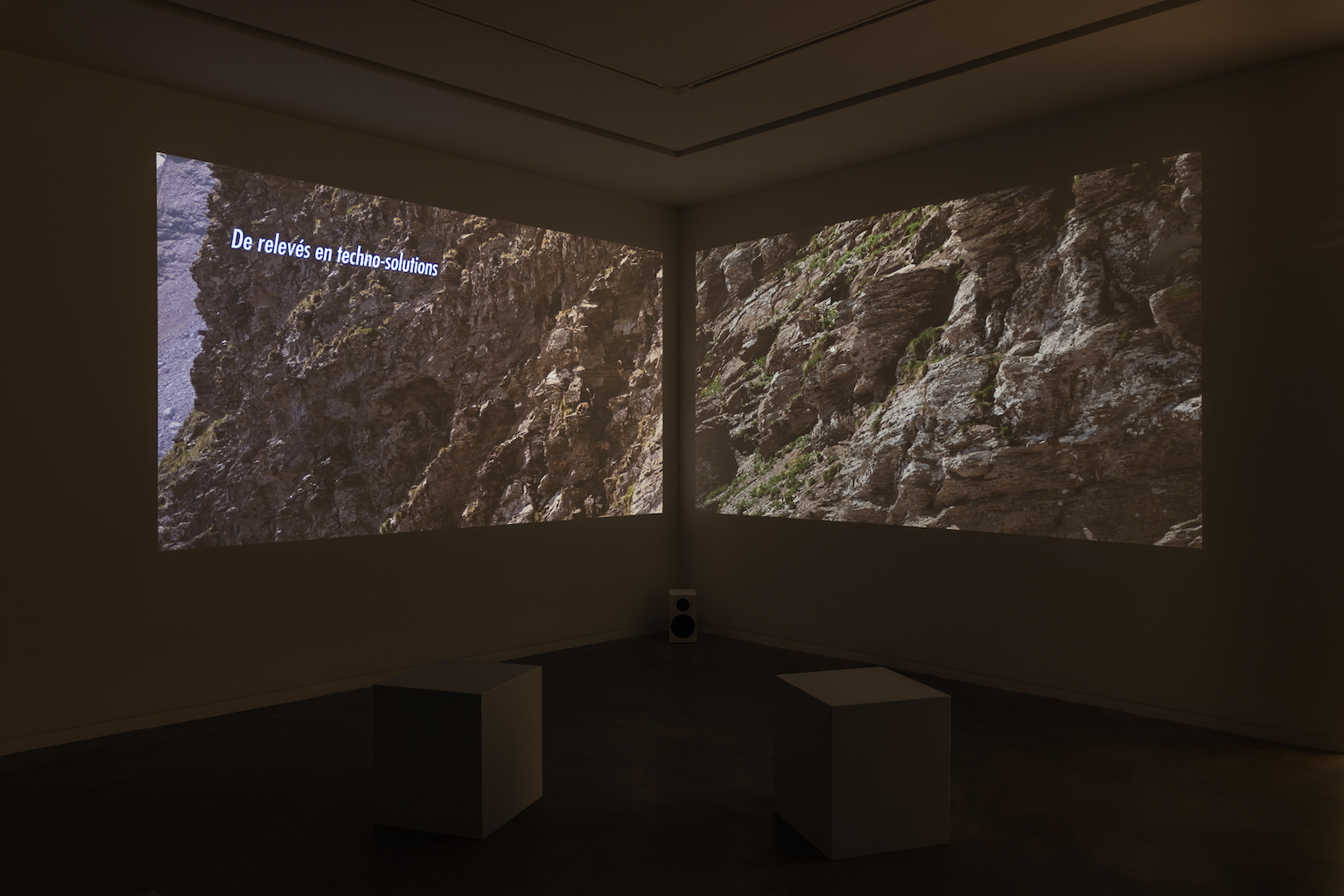
Capucine Vever, Là où s’effondrent les dragons – exhibition views, Galerie Éric Mouchet, Paris (C) Hafid Lhachmi – ADAGP Paris, 2025-4
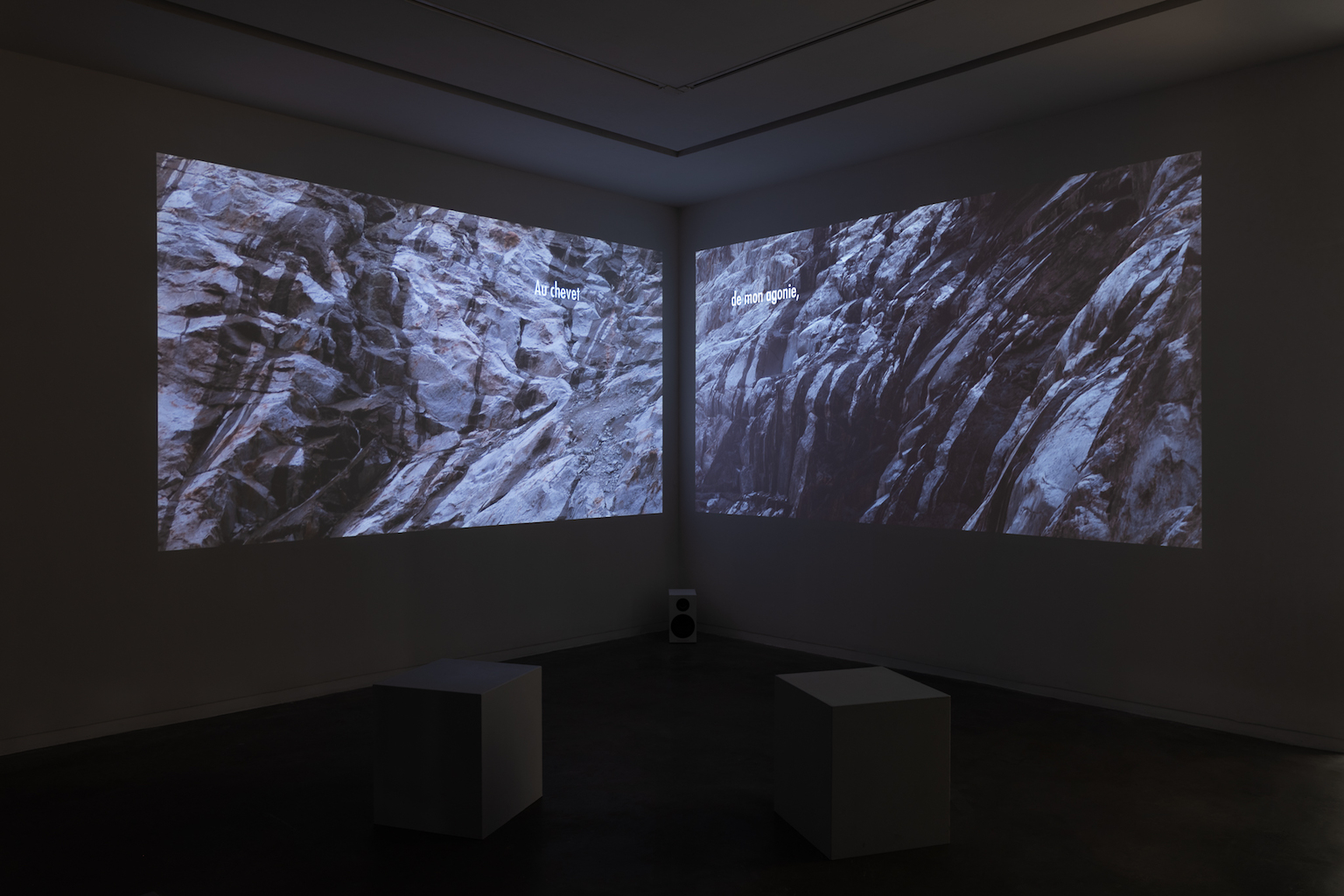
Capucine Vever, Là où s’effondrent les dragons – exhibition views, Galerie Éric Mouchet, Paris (C) Hafid Lhachmi – ADAGP Paris, 2025-5
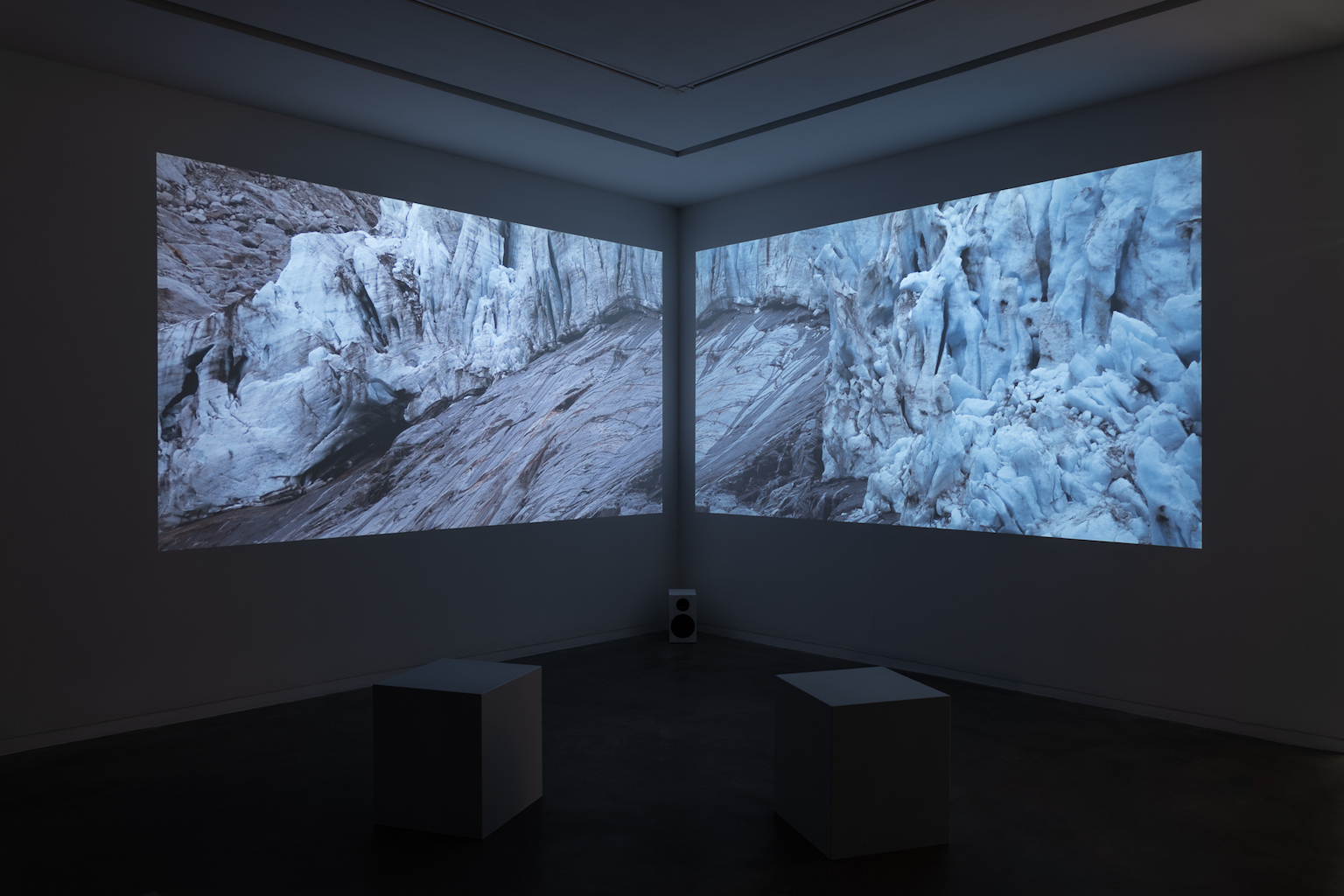
Capucine Vever, Là où s’effondrent les dragons – exhibition views, Galerie Éric Mouchet, Paris (C) Hafid Lhachmi – ADAGP Paris, 2025-6
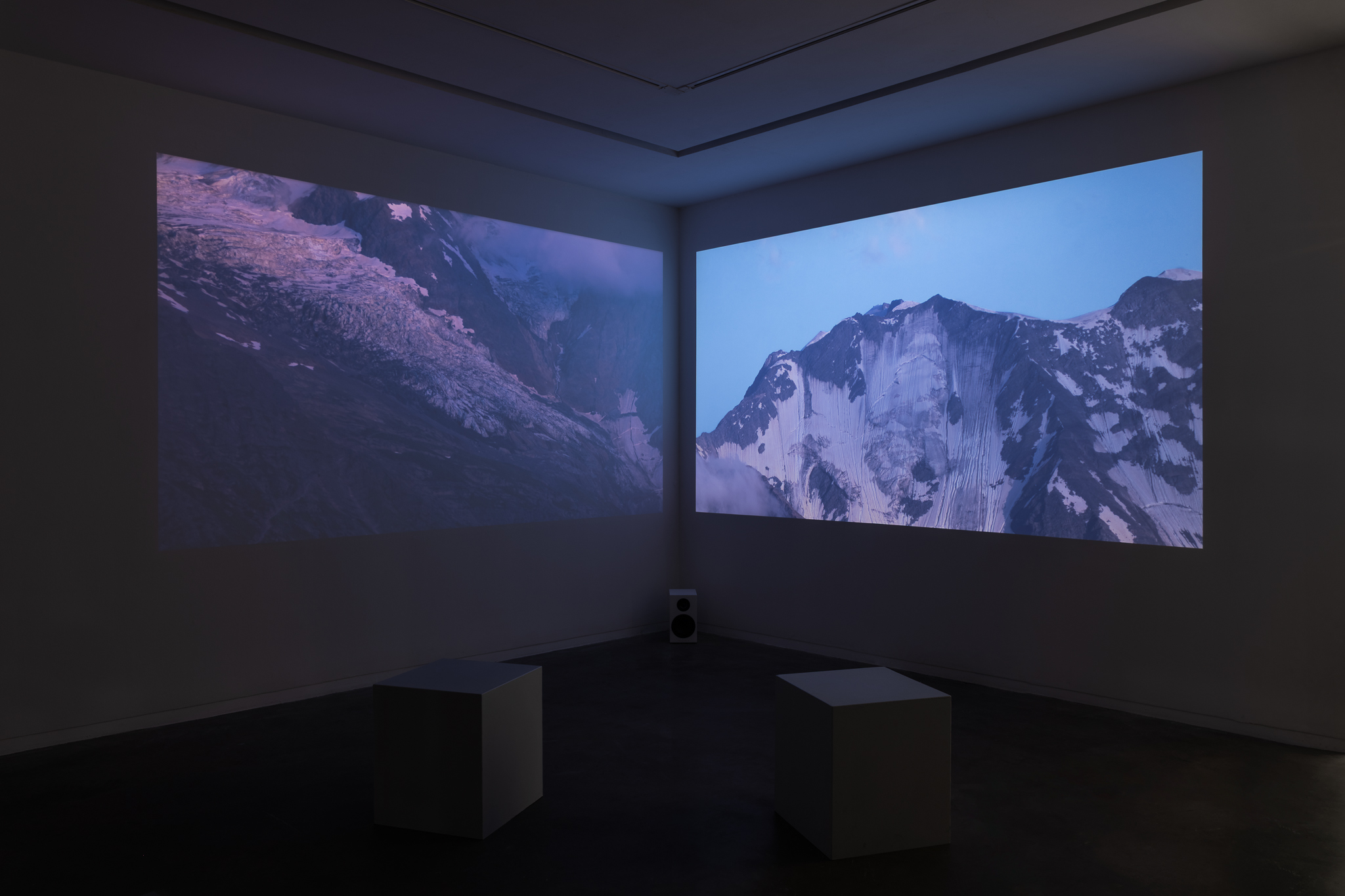
Capucine Vever, Là où s’effondrent les dragons – exhibition views, Galerie Éric Mouchet, Paris (C) Hafid Lhachmi – ADAGP Paris, 2025-7
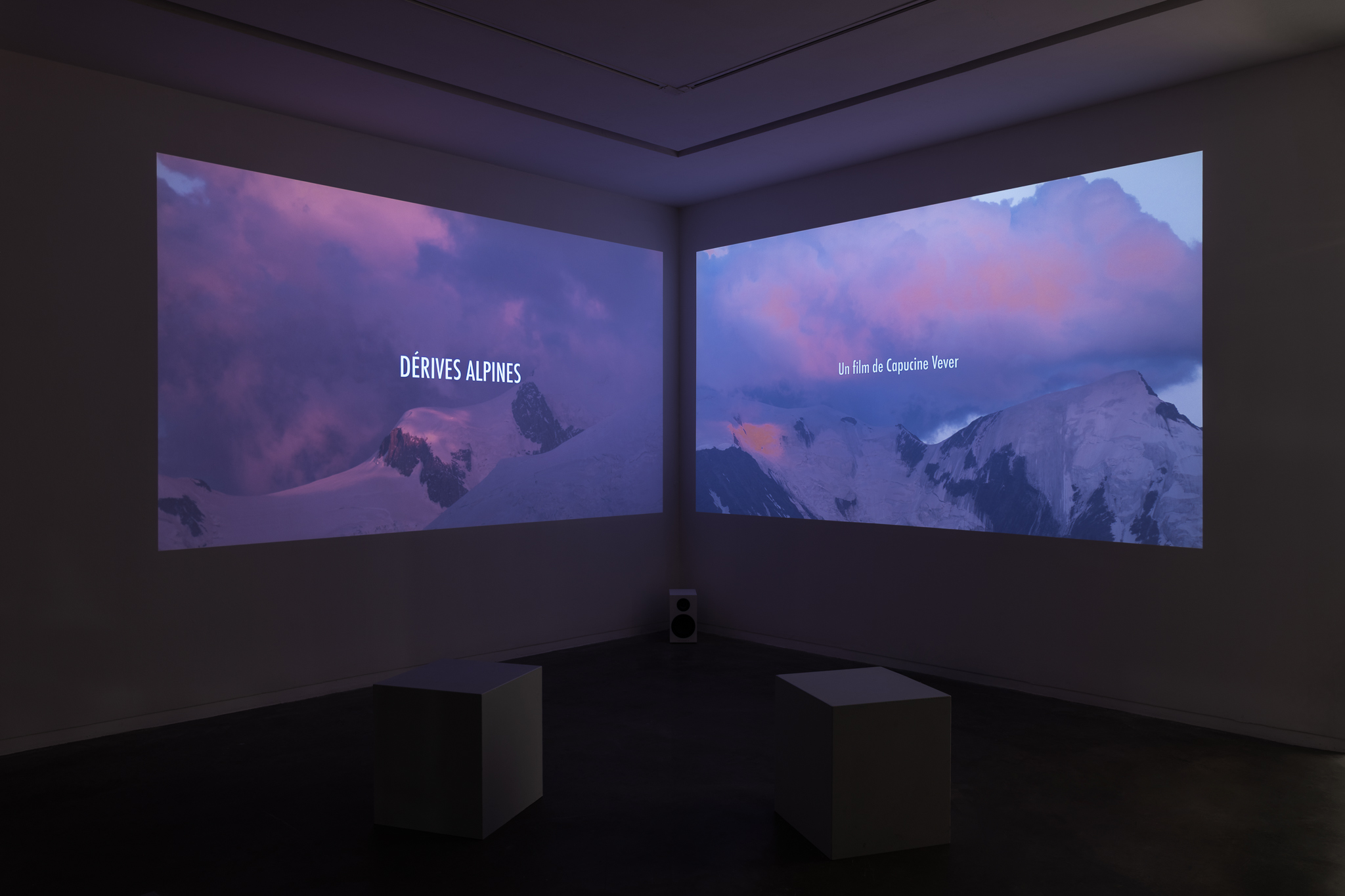
Capucine Vever, Là où s’effondrent les dragons – exhibition views, Galerie Éric Mouchet, Paris (C) Hafid Lhachmi – ADAGP Paris, 2025-9
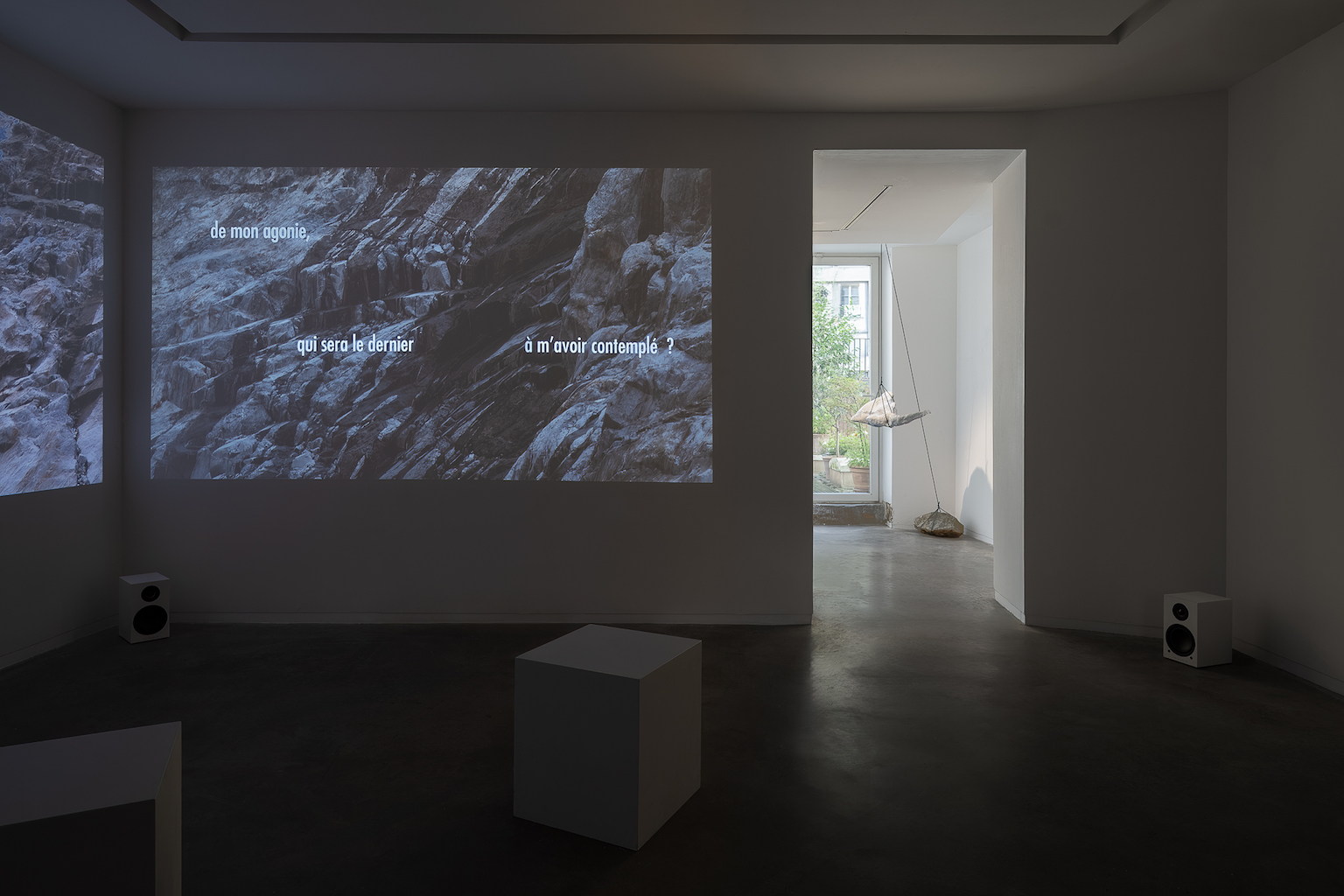
Capucine Vever, Là où s’effondrent les dragons – exhibition views, Galerie Éric Mouchet, Paris (C) Hafid Lhachmi – ADAGP Paris, 2025-11
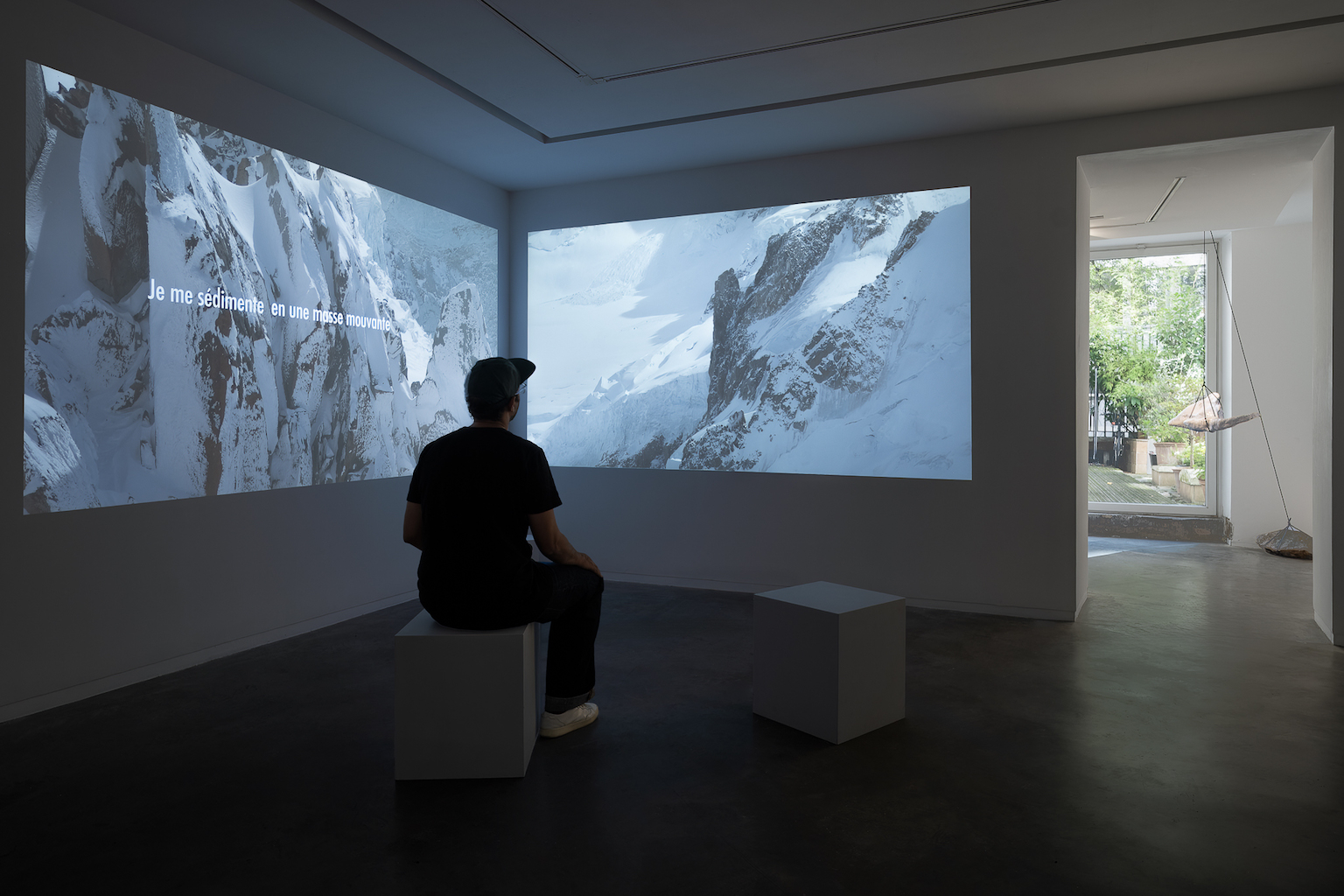
Capucine Vever, Là où s’effondrent les dragons – exhibition views, Galerie Éric Mouchet, Paris (C) Hafid Lhachmi – ADAGP Paris, 2025-12
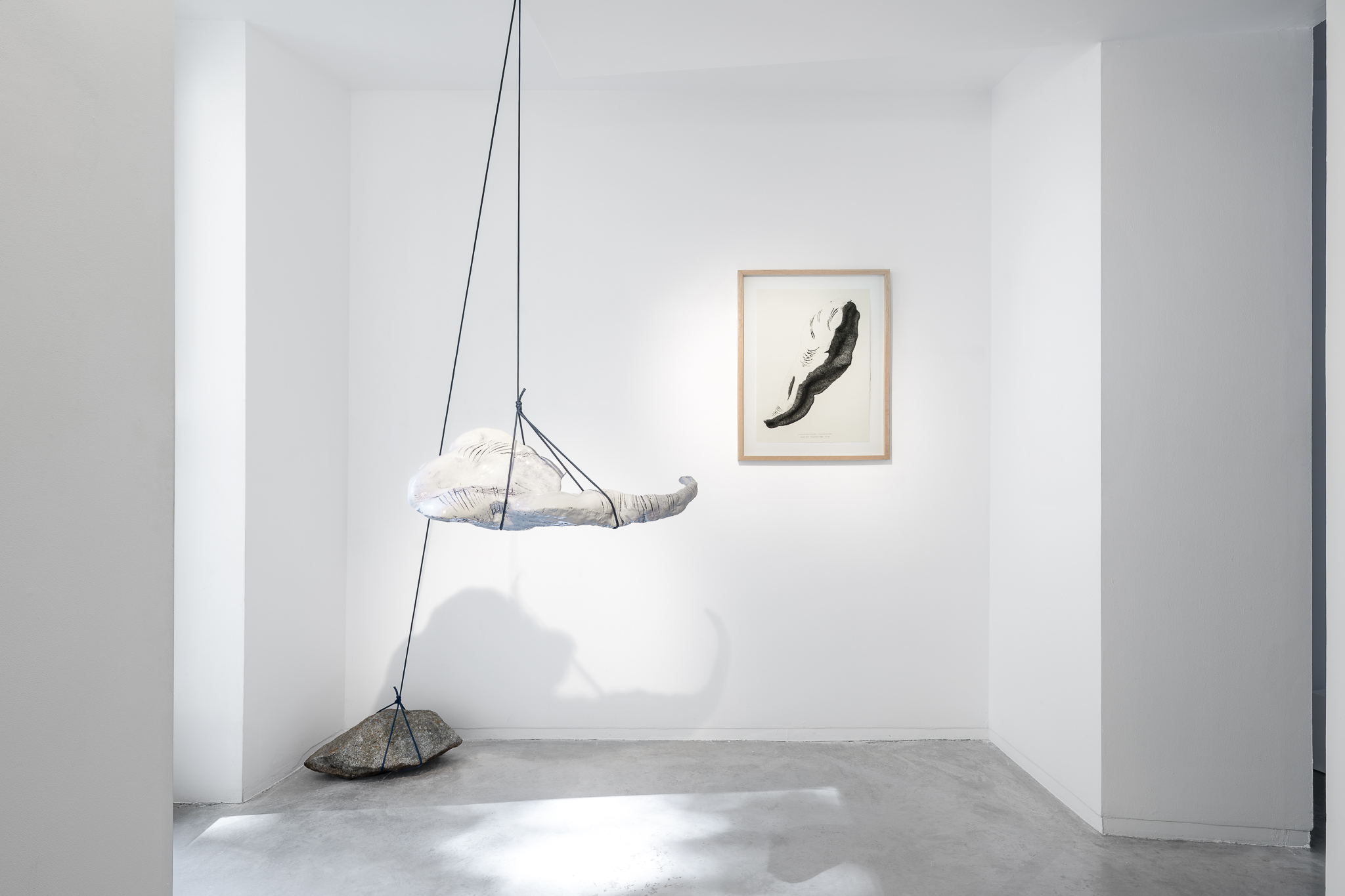
Capucine Vever, Dragon de la Mer de Glace (Glacier de la Mer de Glace), 2025 © Hafid Lhachmi – ADAGP Paris
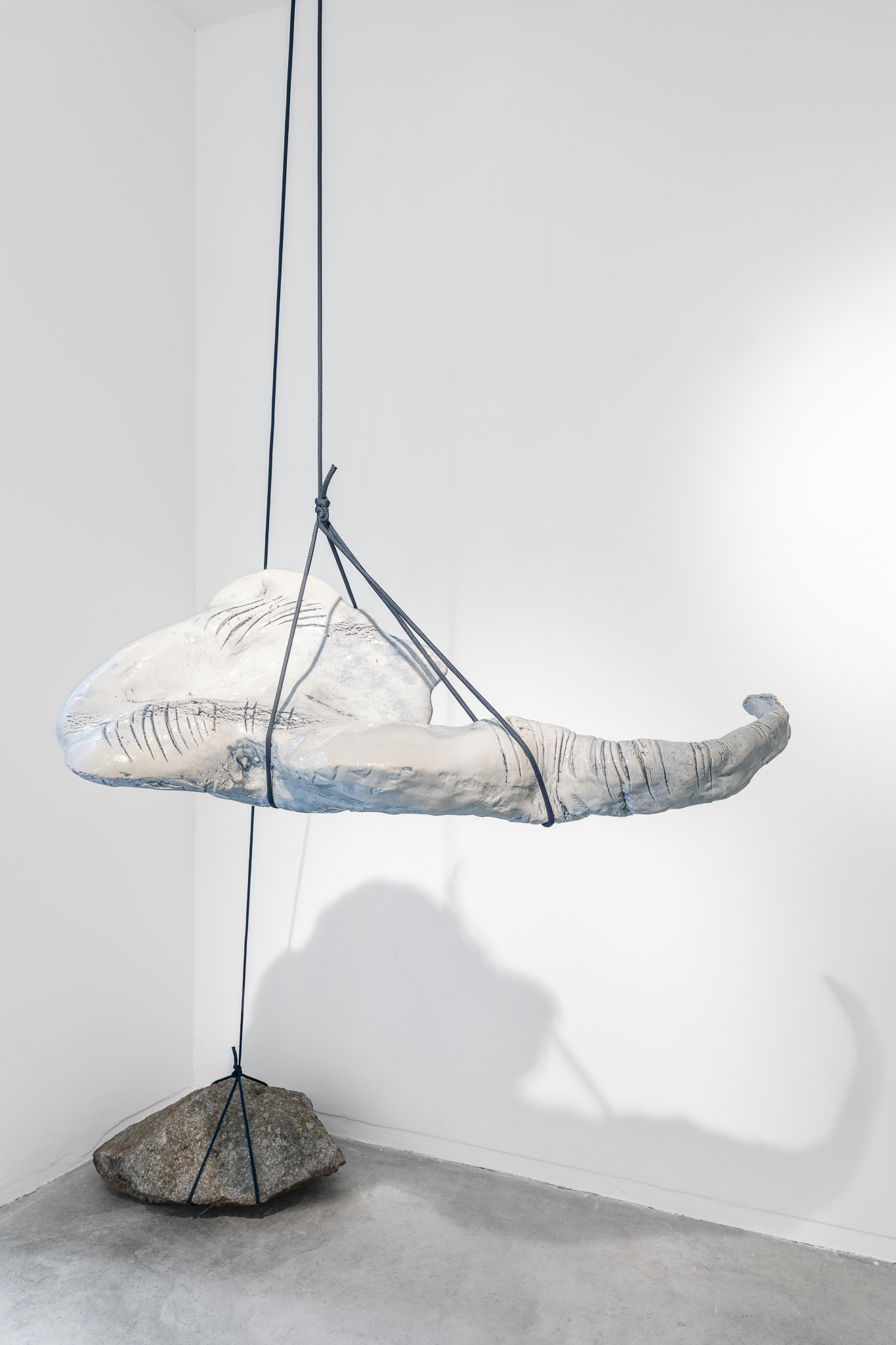
Capucine Vever, Là où s’effondrent les dragons – exhibition views, Galerie Éric Mouchet, Paris (C) Hafid Lhachmi – ADAGP Paris, 2025-13
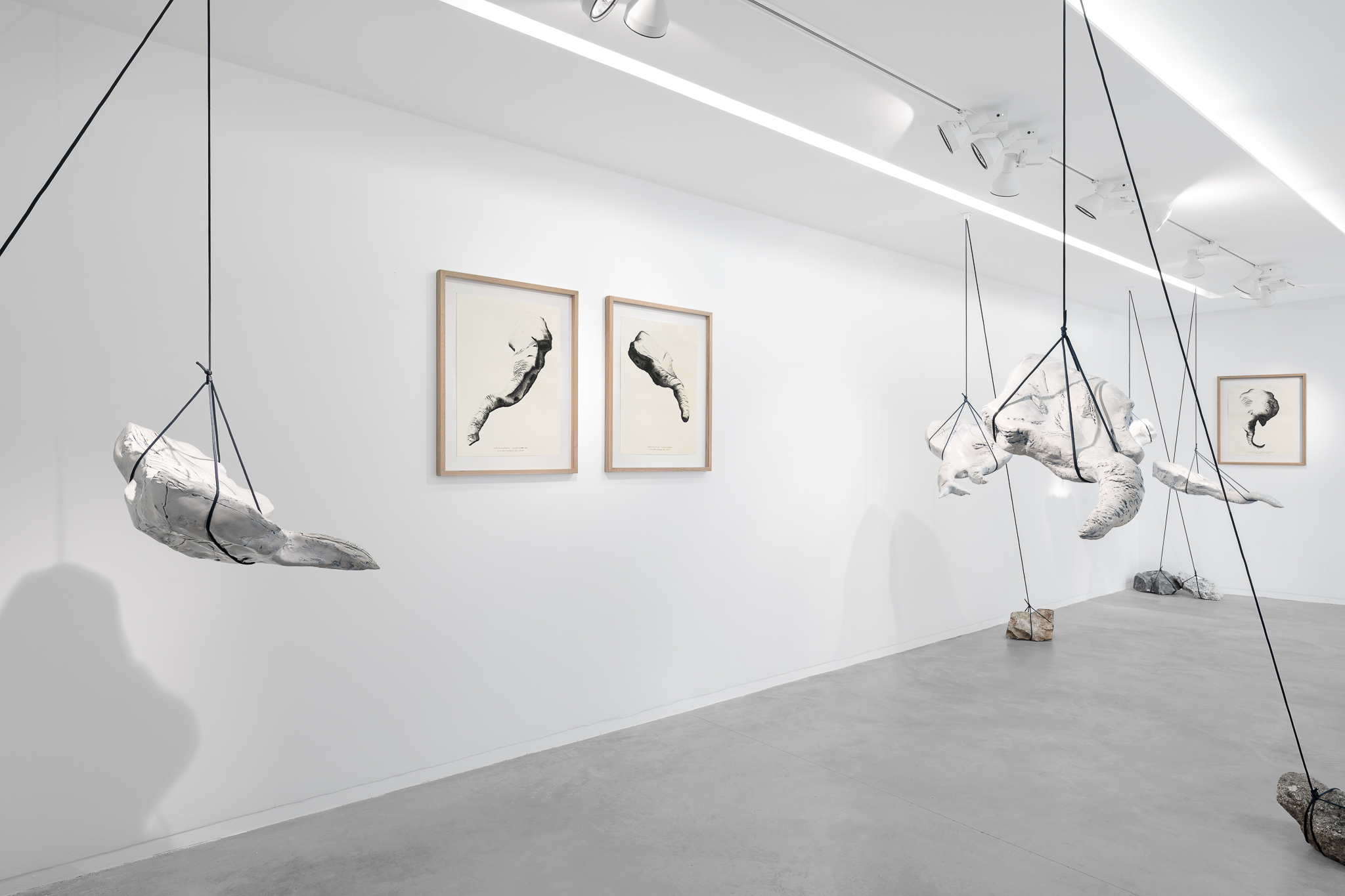
Capucine Vever, Là où s’effondrent les dragons – exhibition views, Galerie Éric Mouchet, Paris (C) Hafid Lhachmi – ADAGP Paris, 2025-14
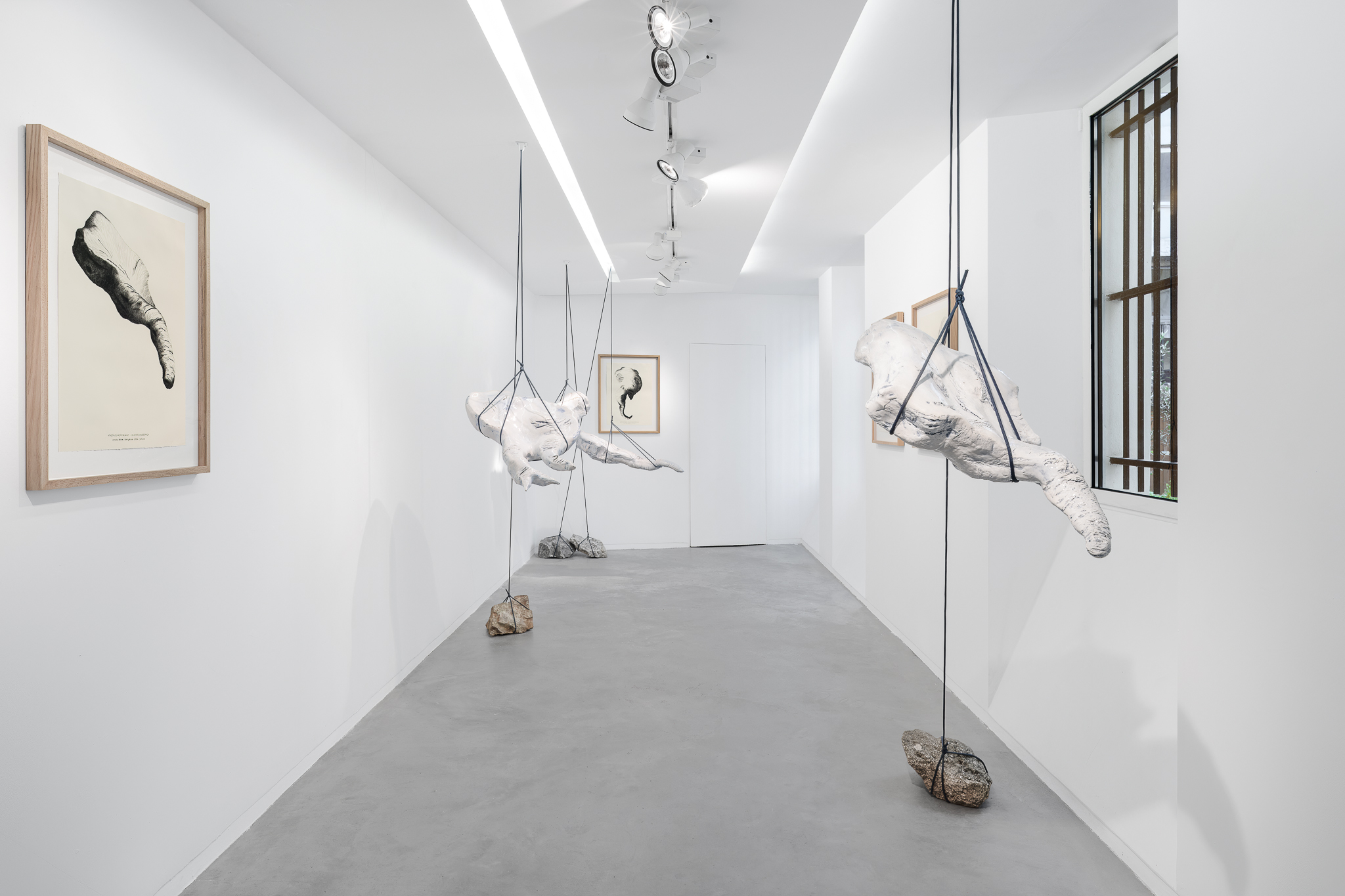
Capucine Vever, Là où s’effondrent les dragons – exhibition views, Galerie Éric Mouchet, Paris (C) Hafid Lhachmi – ADAGP Paris, 2025-15
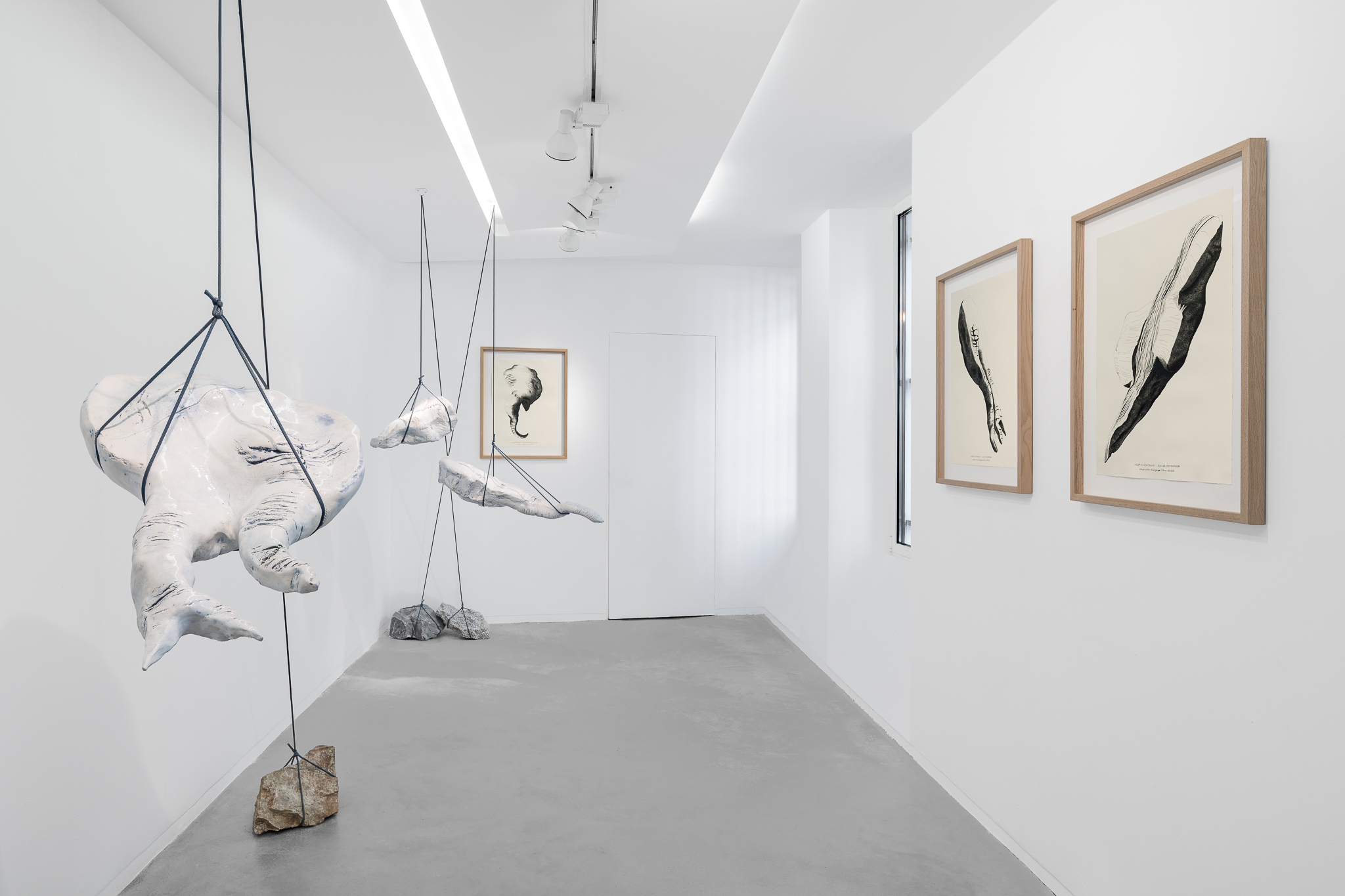
Capucine Vever, Là où s’effondrent les dragons – exhibition views, Galerie Éric Mouchet, Paris (C) Hafid Lhachmi – ADAGP Paris, 2025-16
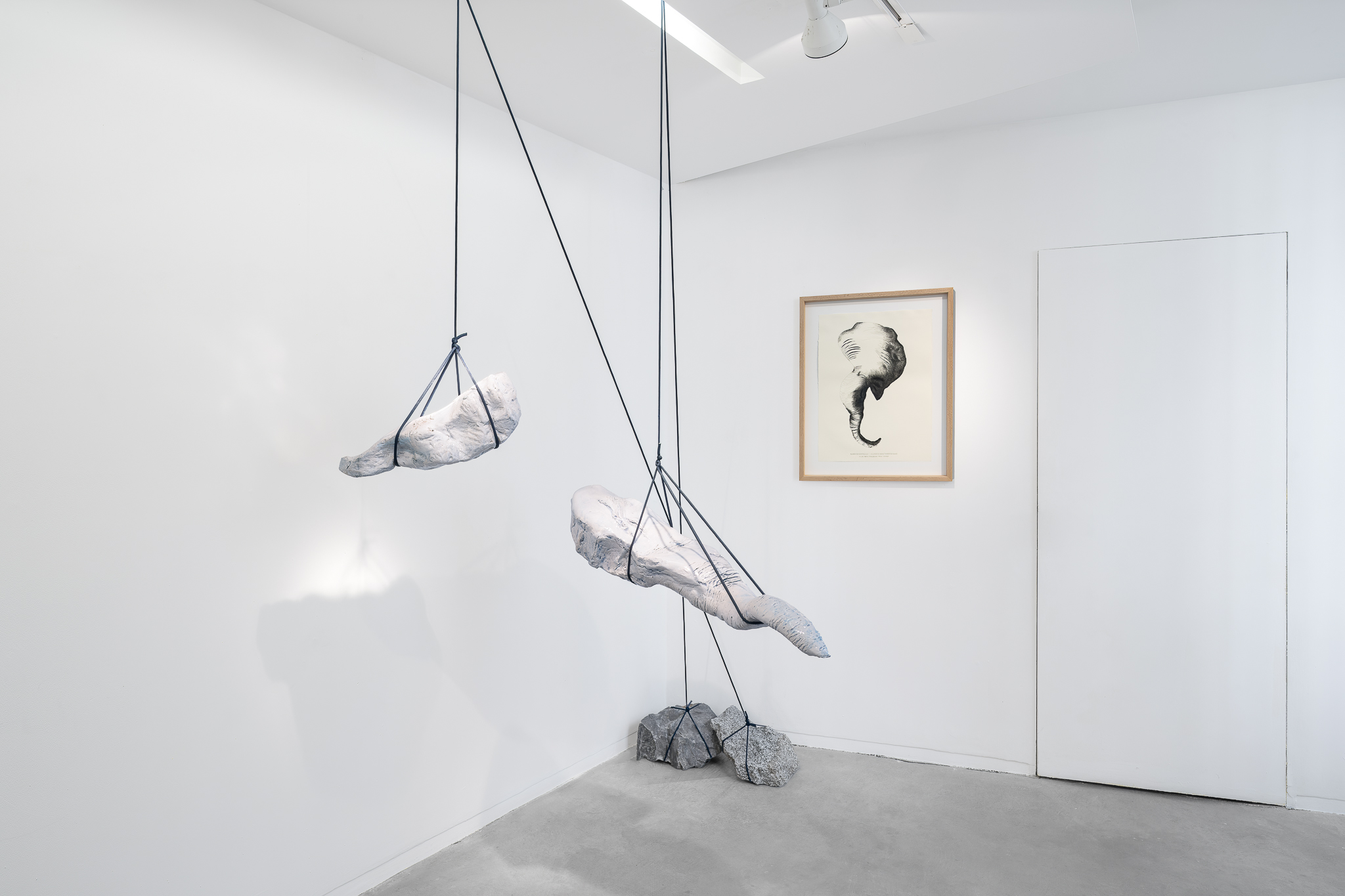
Capucine Vever, Là où s’effondrent les dragons – exhibition views, Galerie Éric Mouchet, Paris (C) Hafid Lhachmi – ADAGP Paris, 2025-17
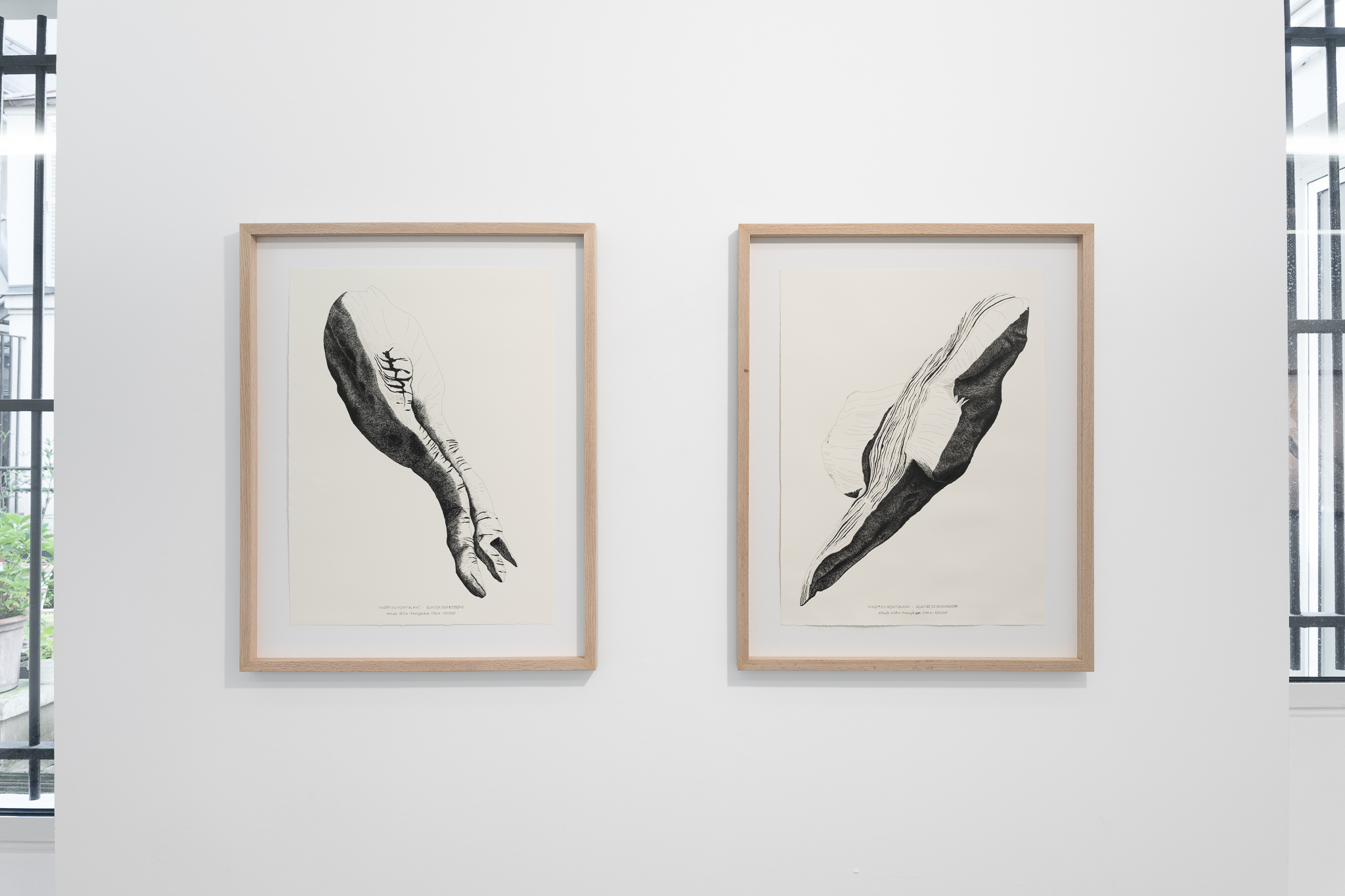
Capucine Vever, Là où s’effondrent les dragons – exhibition views, Galerie Éric Mouchet, Paris (C) Hafid Lhachmi – ADAGP Paris, 2025-18
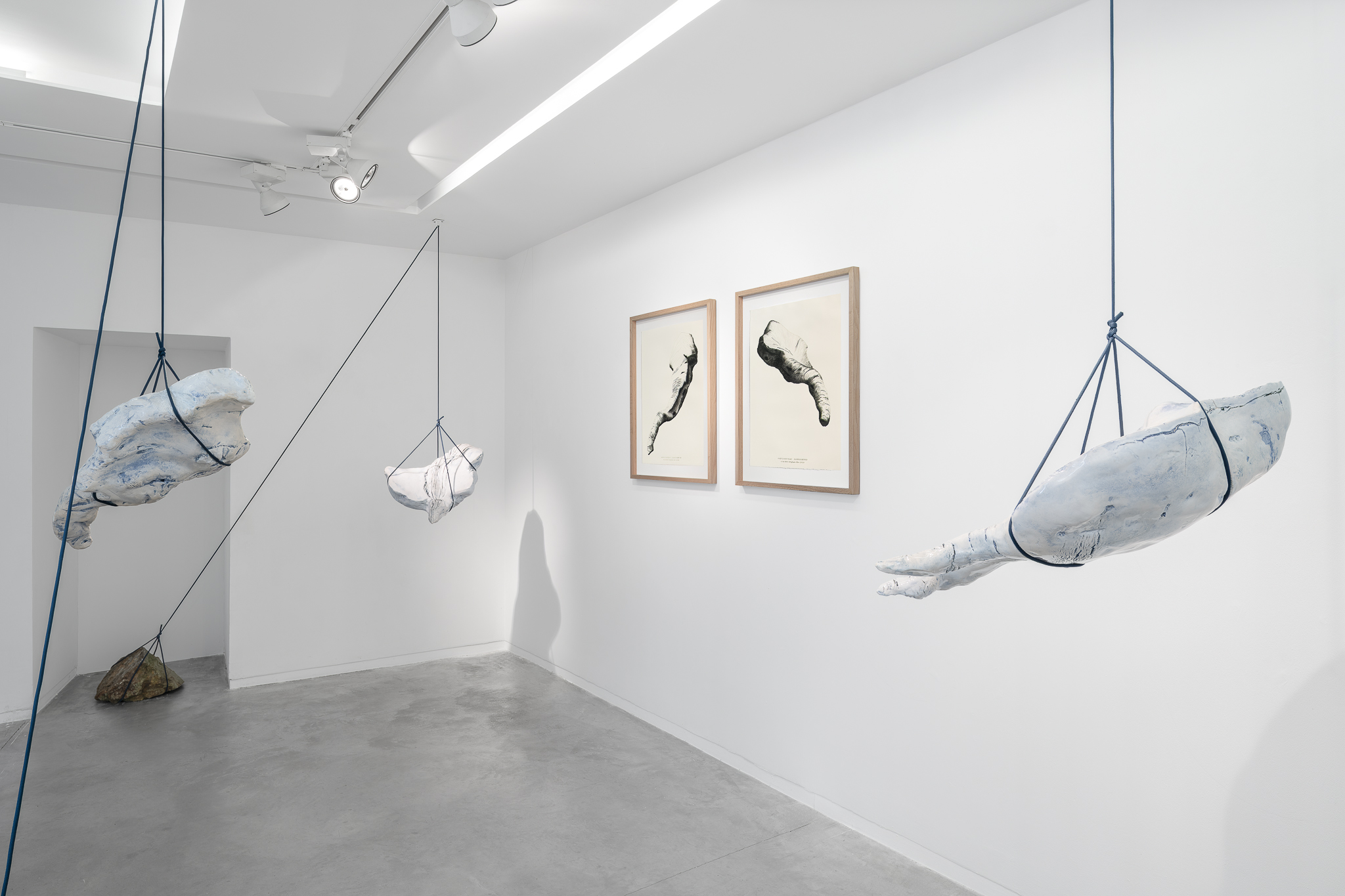
Capucine Vever, Là où s’effondrent les dragons – exhibition views, Galerie Éric Mouchet, Paris (C) Hafid Lhachmi – ADAGP Paris, 2025-19
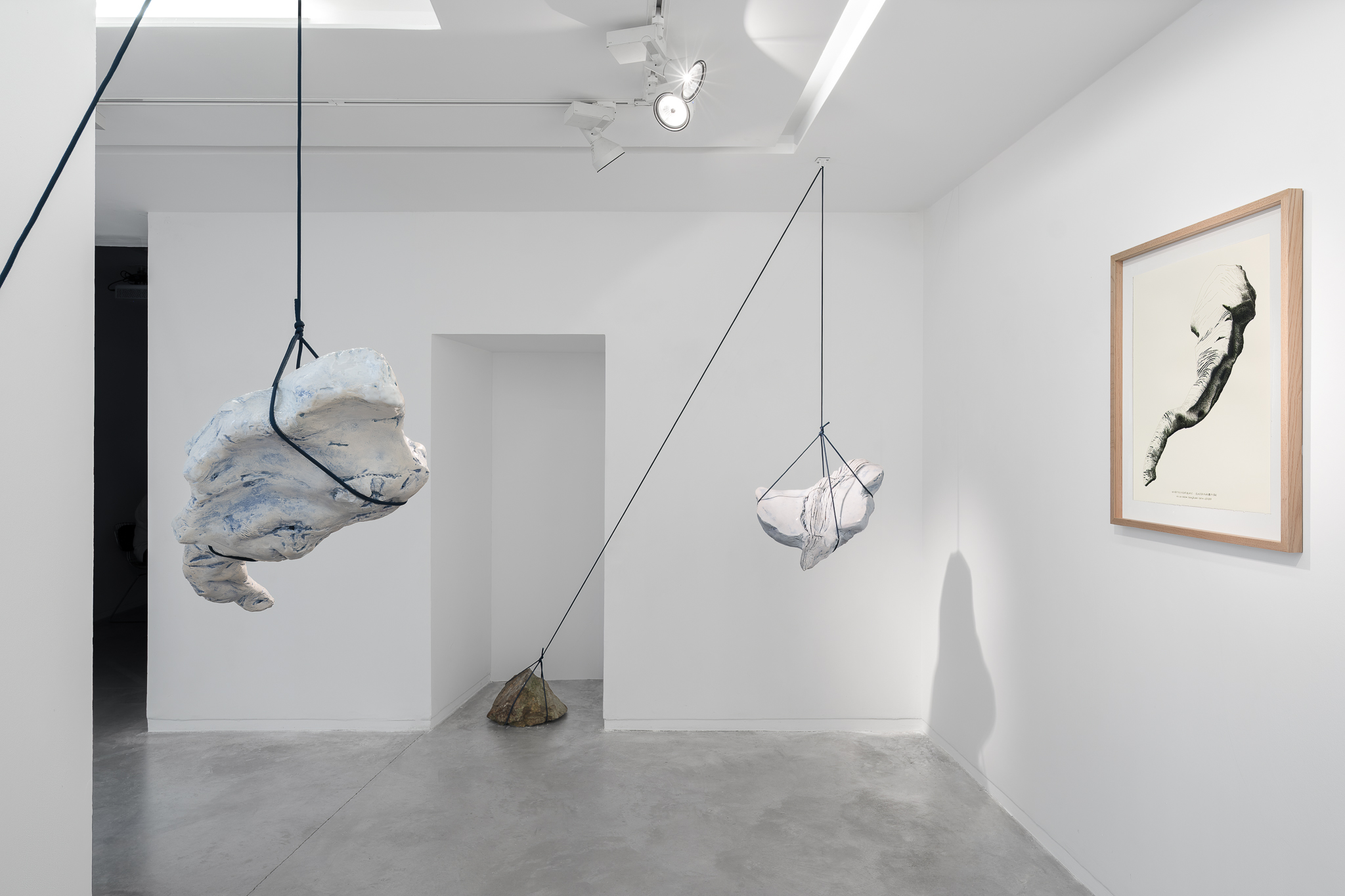
Capucine Vever, Là où s’effondrent les dragons – exhibition views, Galerie Éric Mouchet, Paris (C) Hafid Lhachmi – ADAGP Paris, 2025-20
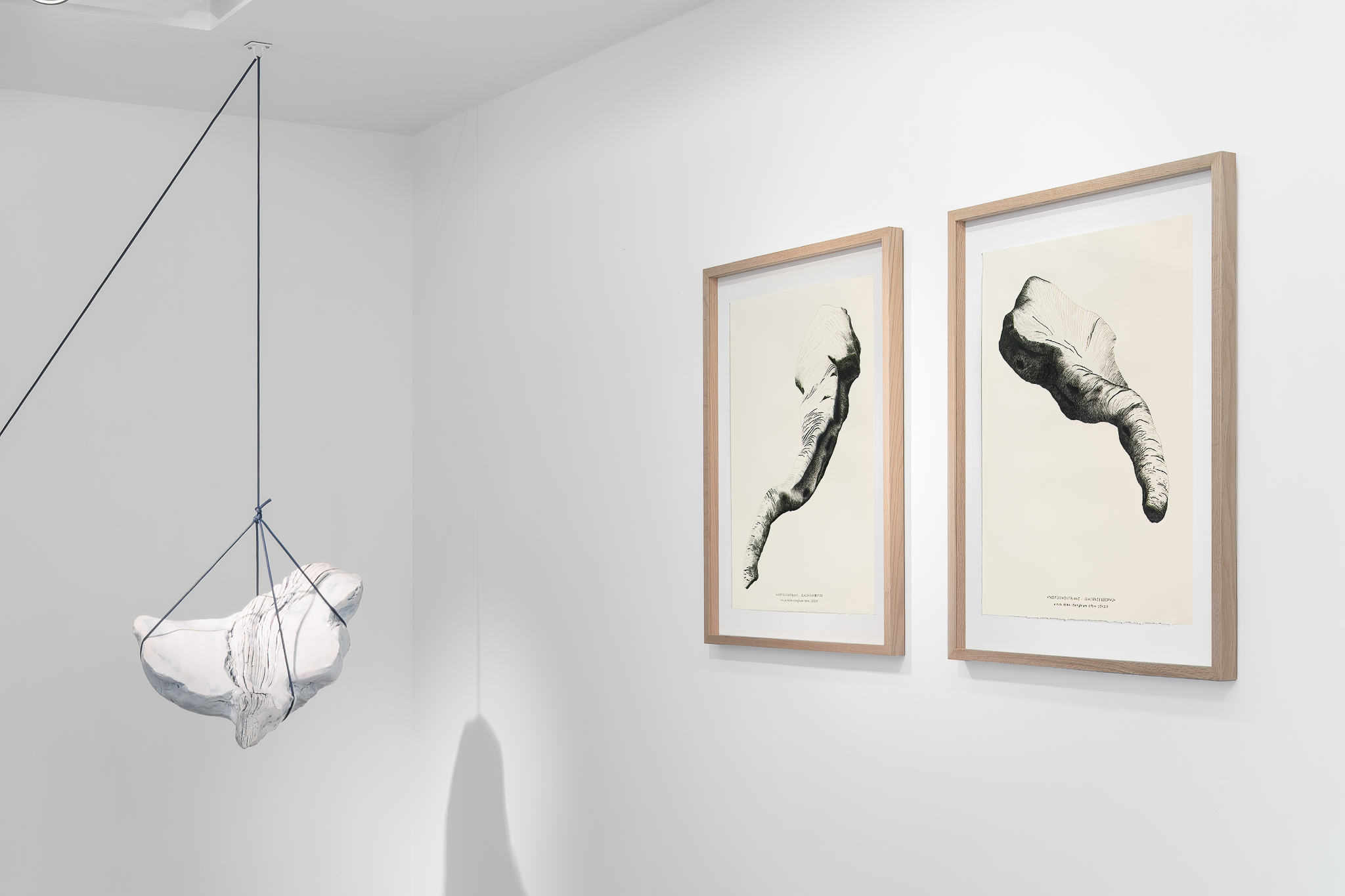
Capucine Vever, Dragon du Bionnassay (Glacier de Bionnassay), 2025 © Hafid Lhachmi – ADAGP Paris_1
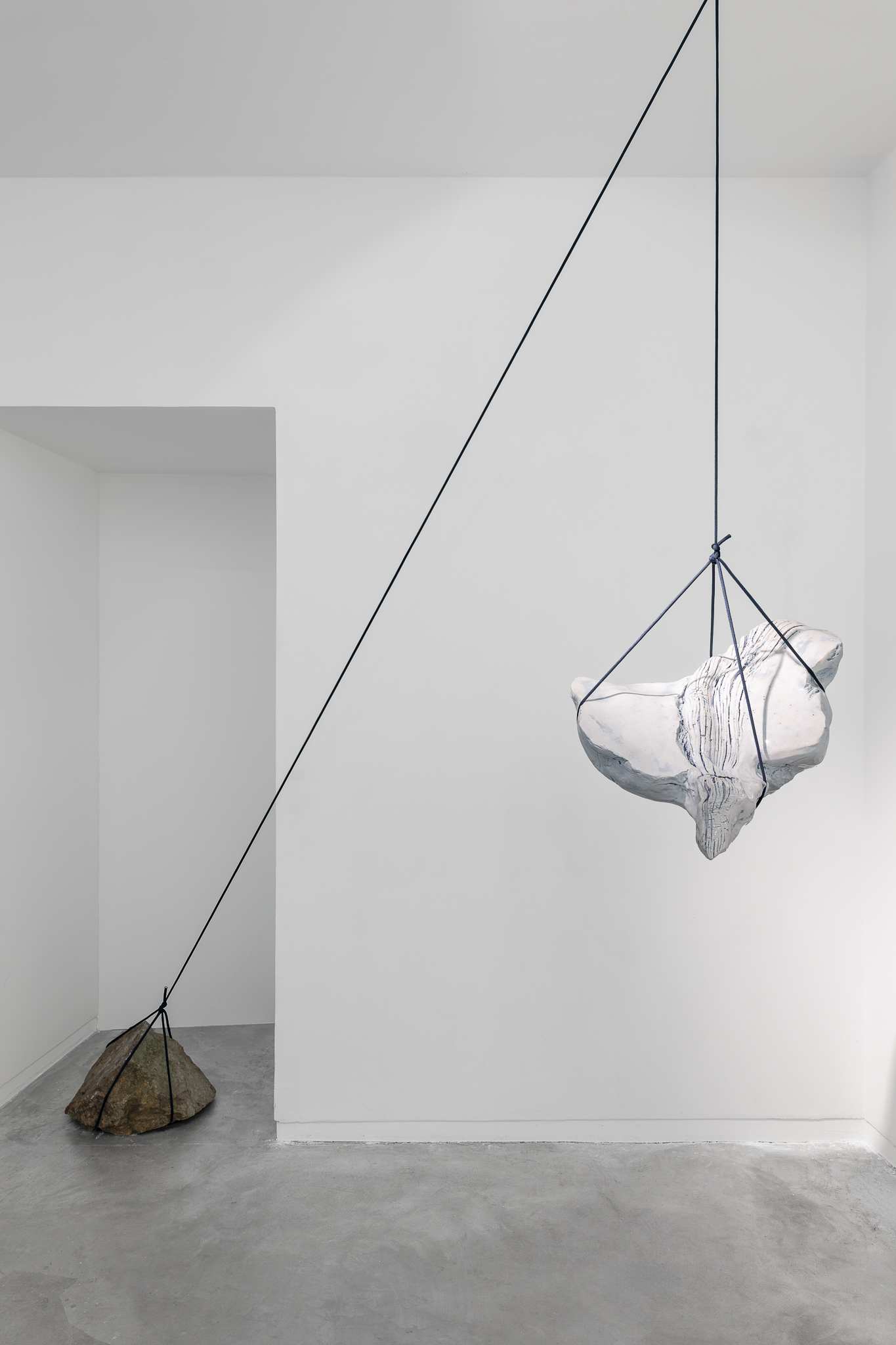
Capucine Vever, Glacier d’Argentière, 2025 © Hafid Lhachmi – ADAGP Paris
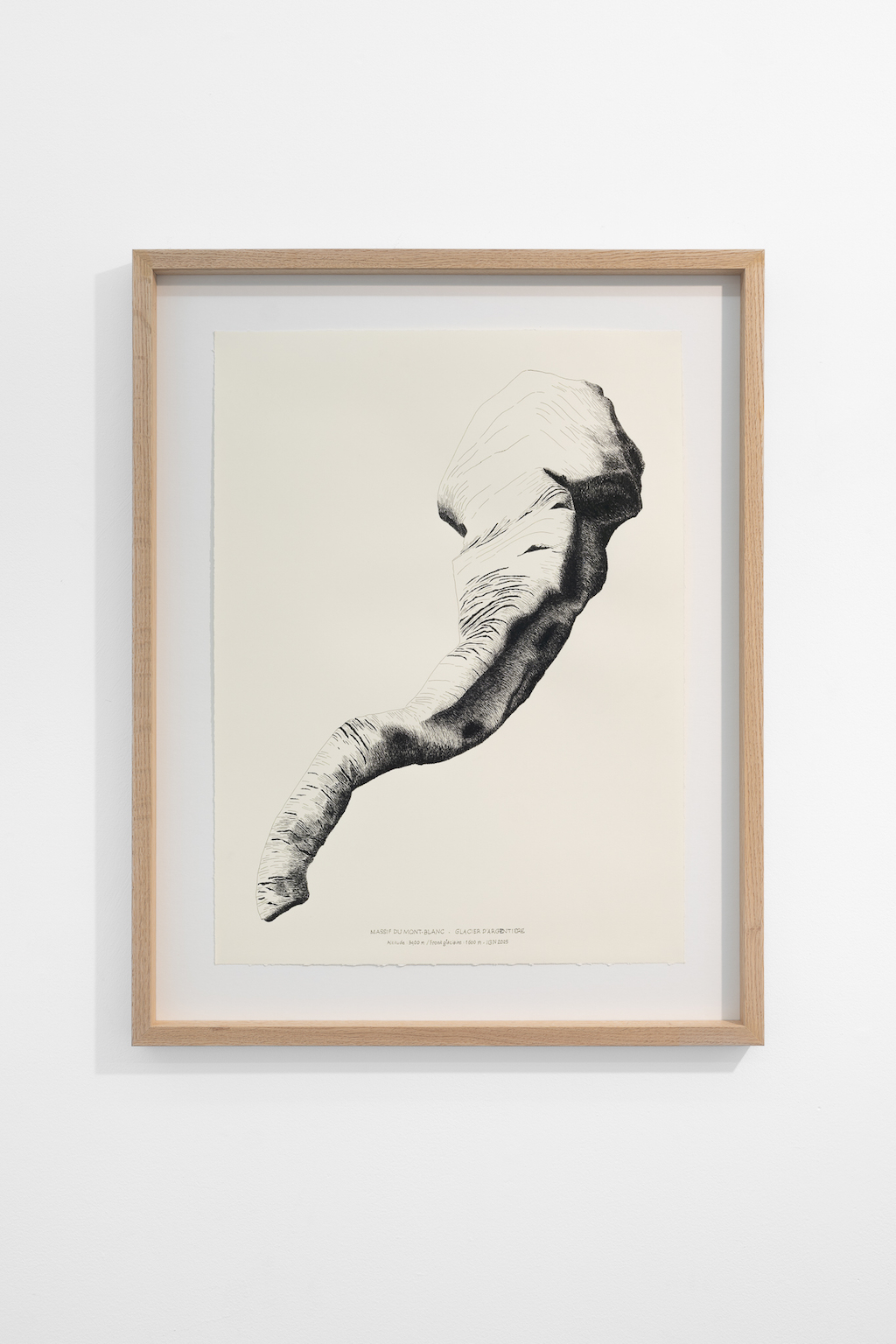
Capucine Vever, Glacier du Géant (Mer de Glace), 2025 © Hafid Lhachmi – ADAGP Paris
